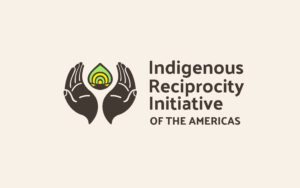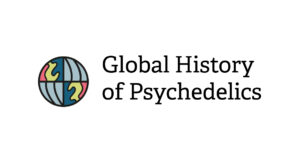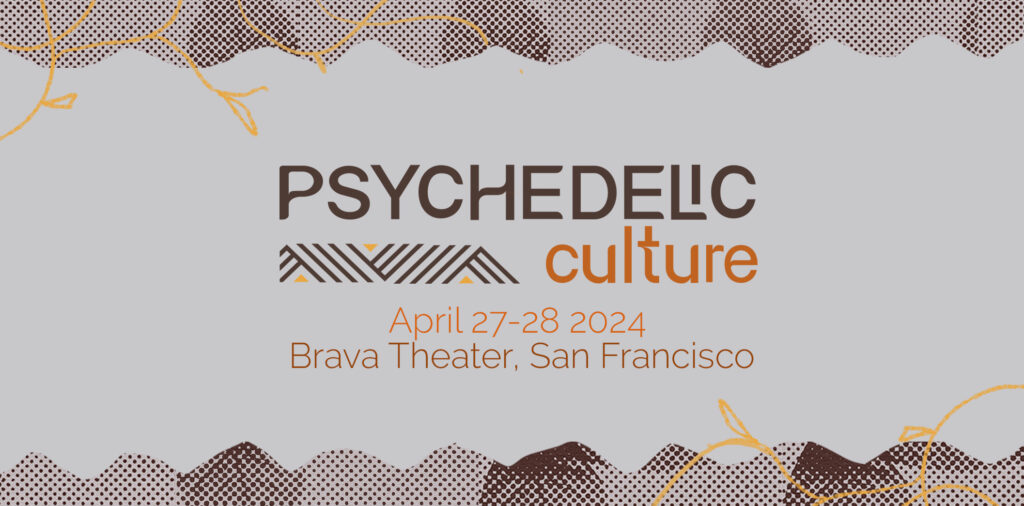Psychiatrists in the 1950s and 1960s who used LSD as an adjunct to psychotherapy were faced with the challenge of interpreting the mystical-like experiences that the drug often produced. For several groups, the experiences of unity, bliss, and transcendence generated by LSD were the key to its therapeutic potential. For others, the purported mystical dimension of the LSD experience awkwardly blurred the boundaries between rigorous scientific investigation and spirituality.
My chapter in Expanding Mindscapes explores how the challenge of drug-induced mystical experience was navigated in a Christian theological context by examining the international collaboration between two medical missionaries who came to see LSD as a valuable psychiatric tool. Florence Nichols (1913–1987), a Canadian psychiatrist, and Frank Lake (1914–1982), a British physician, who both met in the late 1940s while working at the Christian Medical College in the city of Vellore, in southern India.
Find more information on the upcoming Psychedelic Culture Conference.
Lake first encountered LSD while working with the British psychiatrist Ronald Sandison at Powick Hospital. Watching patients at Powick relive trauma under LSD convinced Lake of the validity of psychodynamic psychiatry and the therapeutic potential of LSD. In the late 1950s, he introduced the drug to Nichols and guided her through her own LSD experience. After re-living episodes from her infancy, Nichols was immediately convinced of the value of LSD, and she began using it with her patients in Vellore, where she helped build the first psychiatric unit at the Christian Medical College.
After Nichols left India in 1959, she visited Lake in England, where they continued to practice LSD therapy. There she helped Lake develop “clinical theology,” a pedagogical discipline aimed at educating clergy members about mental illness. Clinical theology responded to a real need among Christian clergy. While psychotherapy was becoming more socially acceptable in Europe and North America in the 1960s, many people still relied on church leaders to ease their mental distress. In serious cases, clergy members felt unequipped to handle the psychological problems that arose during pastoral encounters. Deeply influenced by their use of LSD to explore the earliest unconscious memories, the aim of clinical theology was to provide tools to help clergy recognize and address the deeper roots of mental disorders among the laity.
Deeply influenced by their use of LSD to explore the earliest unconscious memories, the aim of clinical theology was to provide tools to help clergy recognize and address the deeper roots of mental disorders among the laity.
To this end, Lake and Nichols conducted seminars illustrating the theory and practice of their Christian approach to psychiatric treatment. By 1963, Lake and his colleagues had organized over 100 training programs across England and established a Clinical Theology Association.
Nichols played a vital role in clinical theology’s development and dissemination. While the discipline’s origins remain primarily associated with Frank Lake, who is now regarded as a pioneer in the British pastoral counseling movement, almost nothing is known about Florence Nichols or her impact on Lake.
In addition to his work with LSD, Lake’s approach to psychiatry was heavily influenced by the object-relations school of psychoanalytic thought. Proponents of object-relations theory stressed the primacy of the infant’s need to establish relationships with surrounding objects, particularly the mother. Object-relations theorists held that a loving mother-infant relationship was crucial for each individual’s proper psychological development.

Shop our Collection of Psychedelic T-Shirts.
Examining clinical theology therefore provides an interesting opportunity to consider how “maternal-deprivation” or “mother-blaming” psychoanalytic hypotheses interacted with LSD in this period. Widespread concern about maternal deprivation shaped how Lake and Nichols explained LSD experiences. In Lake’s case, the object-relations framework influenced how he and his patients understood and reacted to LSD. He continually found that by inhibiting repression, LSD allowed his patients to re-experience the trauma of maternal neglect from early infancy. For Lake, these experiences provided empirical evidence for the object-relation school’s claims about the importance of mother-infant relationships in the first months of life.
Examining clinical theology therefore provides an interesting opportunity to consider how “maternal-deprivation” or “mother-blaming” psychoanalytic hypotheses interacted with LSD in this period.
Influenced by thinkers such as Paul Tillich and R.D. Laing, Lake also superimposed a theological-existential framework onto the mother-infant relationship. He argued that the mother acted as “God’s vice-regent” for the infant who lacked a differentiated sense of self, let alone a concept of God. From the infant’s perspective, the mother took on God’s role as the ultimate source of “being and well-being,” and her “loving countenance” channeled the necessary ontological resources for adequate personal and spiritual development. When deprived of these resources, that is, when the mother was unloving or absent for prolonged periods, the infant was confronted with the loss of being and intense existential anguish. These experiences of maternal deprivation, Lake concluded, distorted the individual’s subsequent relationship with and attitude towards God.
Lake’s view of positive and negative LSD reactions was determined by this combination of theology, existentialism, and object-relations theory. For Lake and Nichols, LSD therapy was not about inducing positive or transcendent experiences. Instead, it was about re-living dread. Only by fully re-entering the pain and suffering of maternal deprivation in infancy could patients relinquish the hold these experiences had on their lives. While Lake’s emphasis on pain certainly had theological underpinnings, it also reflected a psychoanalytic approach to LSD psychotherapy, in which negative experiences were a sign that the drug was doing its job by overcoming repression. As psychedelic therapy re emerges in the era of neuroscience and as drug companies attempt to create new derivatives of traditional psychedelics that eliminate the possibility of “bad trips,” Lake’s ideas serve as a reminder about the way in which such negative experiences were valued by past researchers.
Note: This is an abridged version of Andrew Jones’ chapter, “Beatitude, Dread, and Mother-Blaming: LSD and the Origins of Clinical Theology, from India to England and Canada,” in the edited collection, Expanding Mindscapes: A Global History of Psychedelics, released in November 2023 with MIT Press.
Image created by Trey Brasher.

Discover the Indigenous Reciprocity Initiative of the Americas
Take a minute to browse our stock:
Did you enjoy reading this article?
Please support Chacruna's work by donating to us. We are an independent organization and we offer free education and advocacy for psychedelic plant medicines. We are a team of dedicated volunteers!
Can you help Chacruna advance cultural understanding around these substances?


















